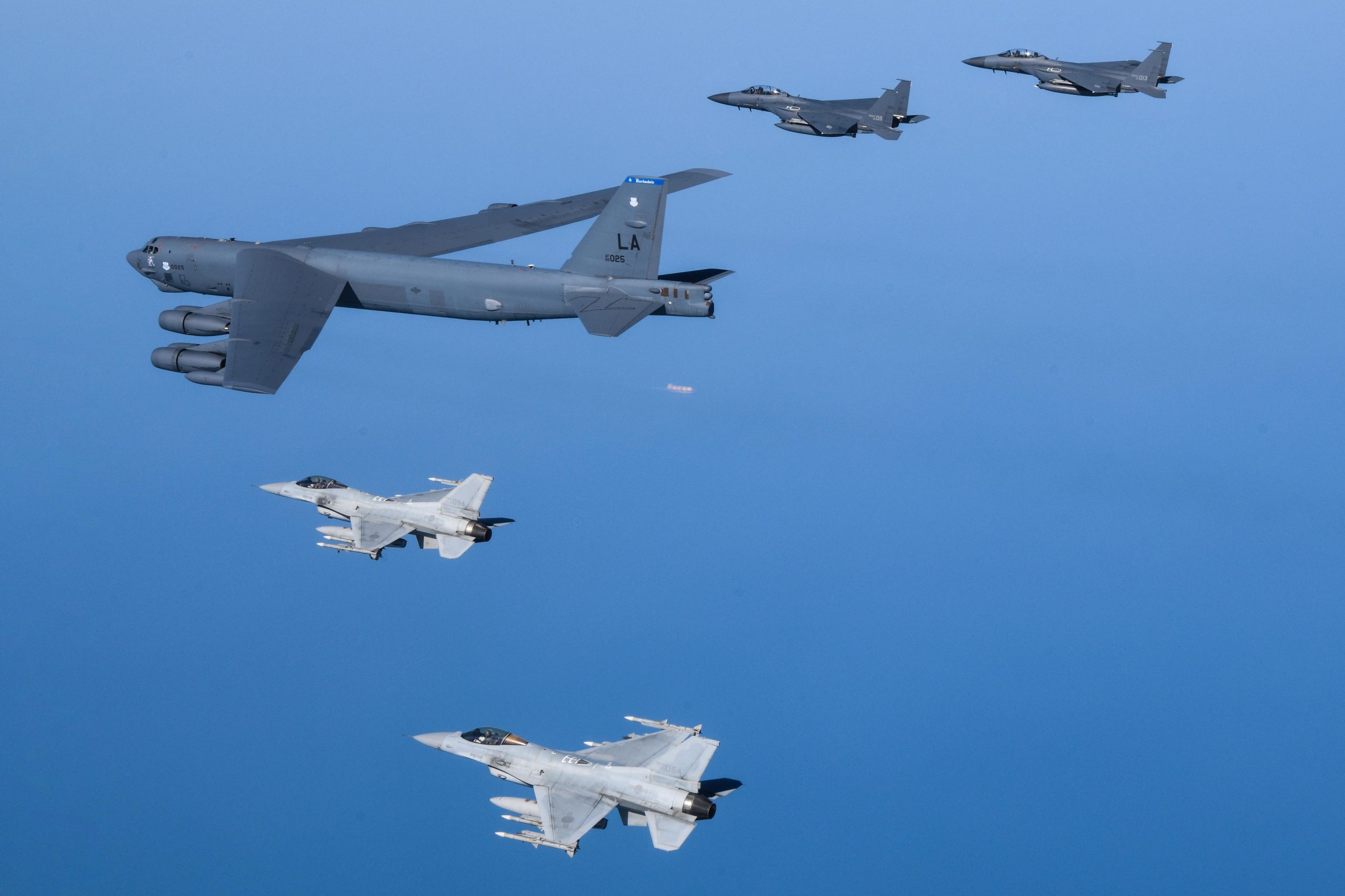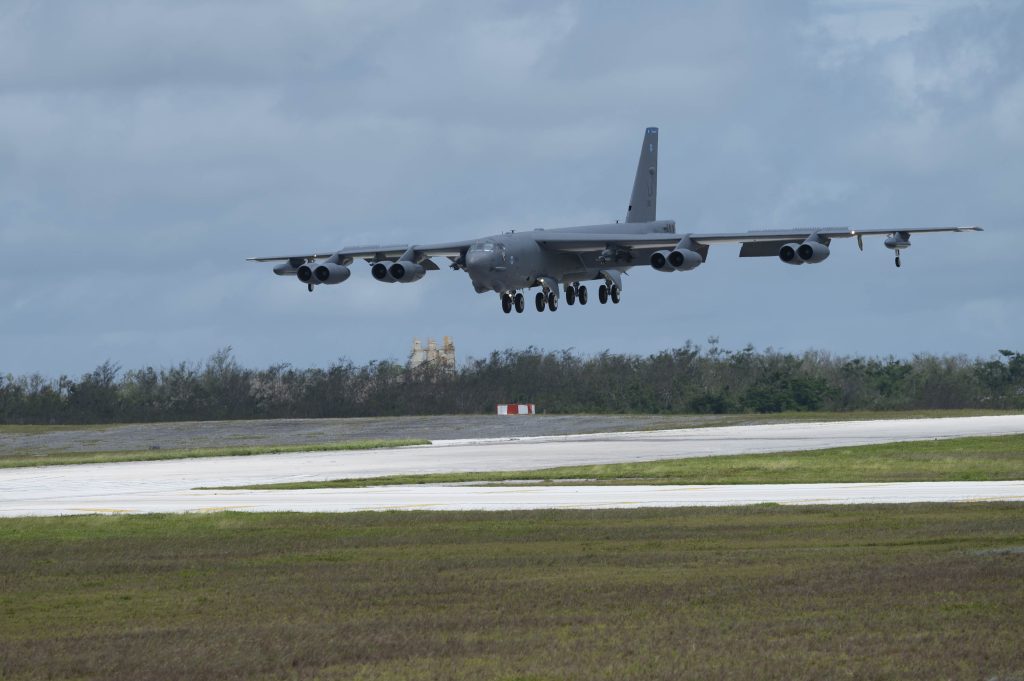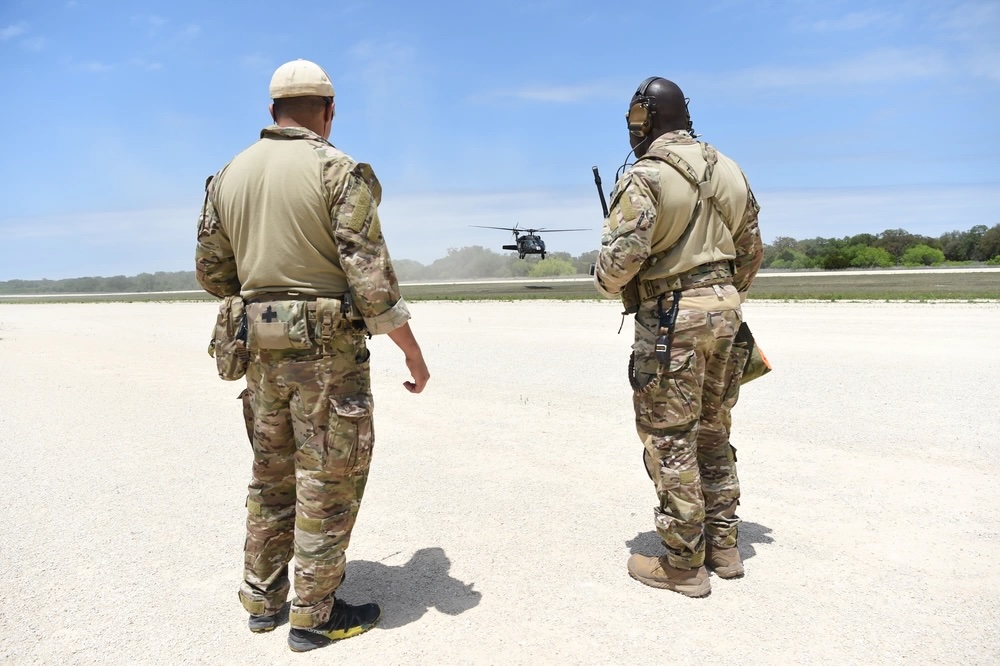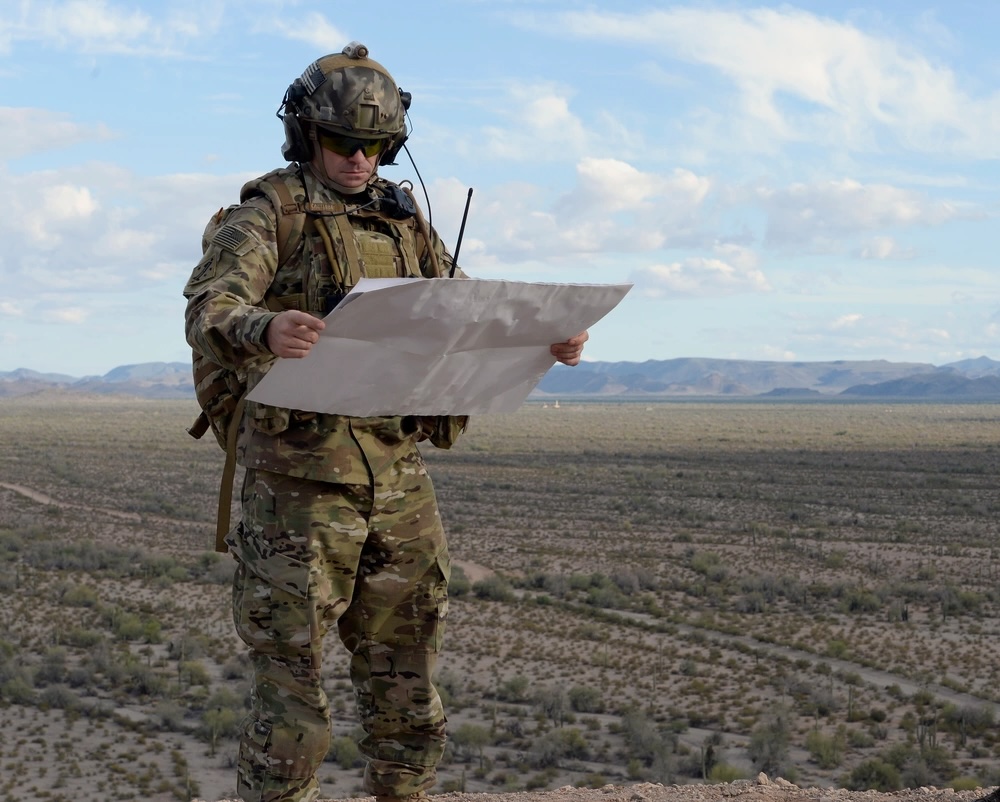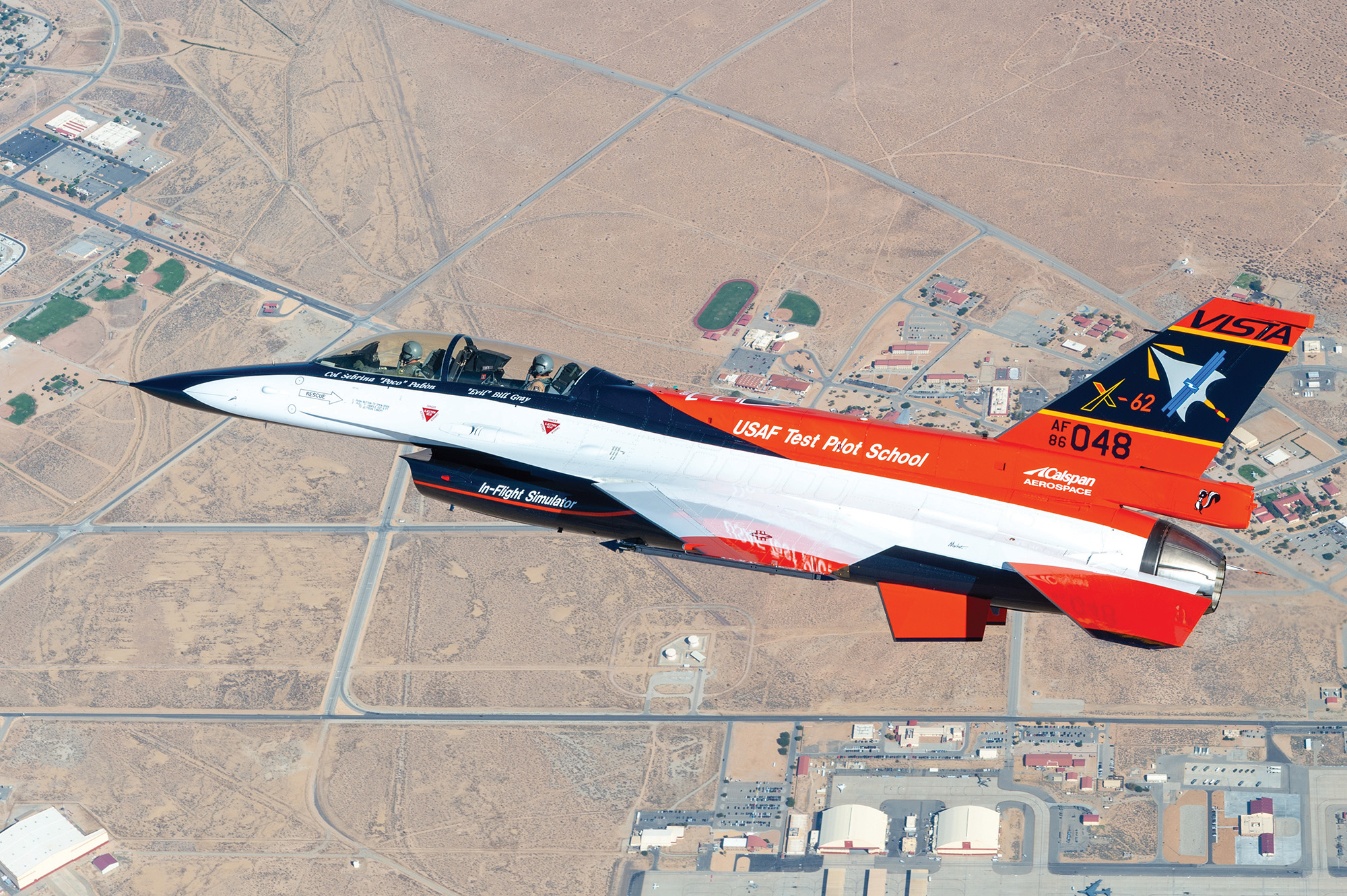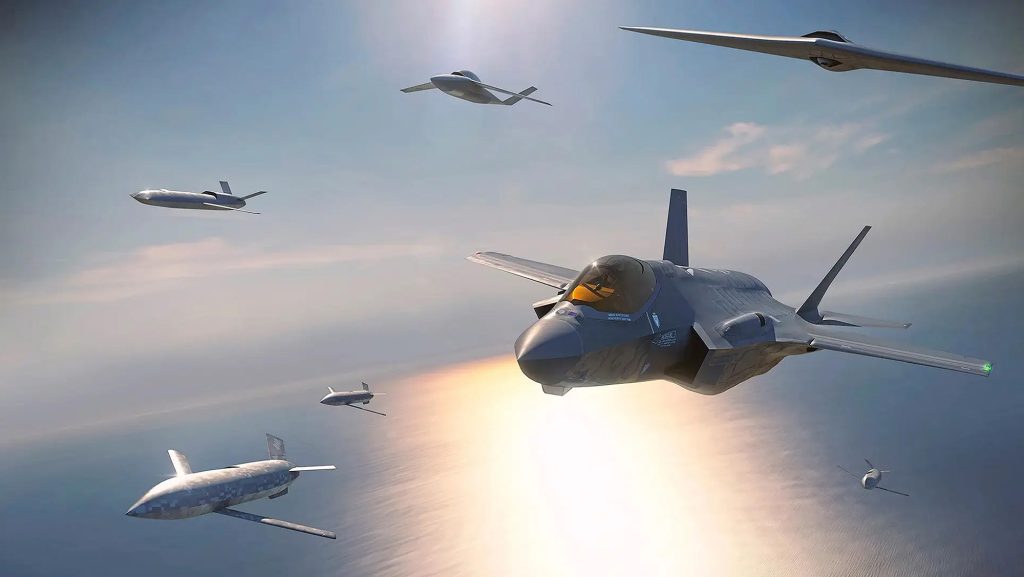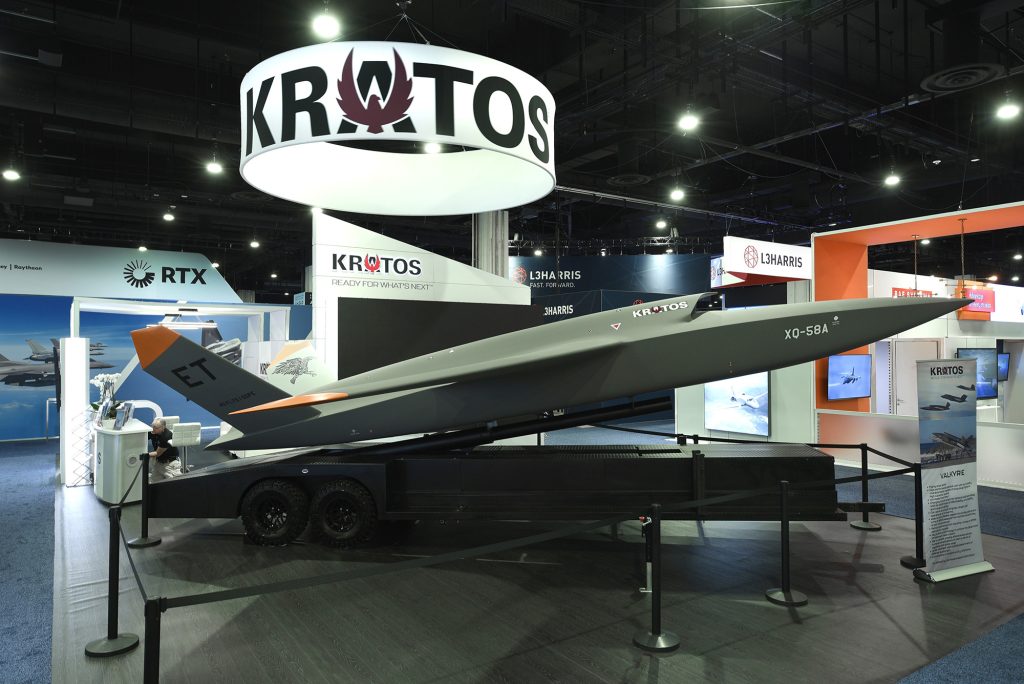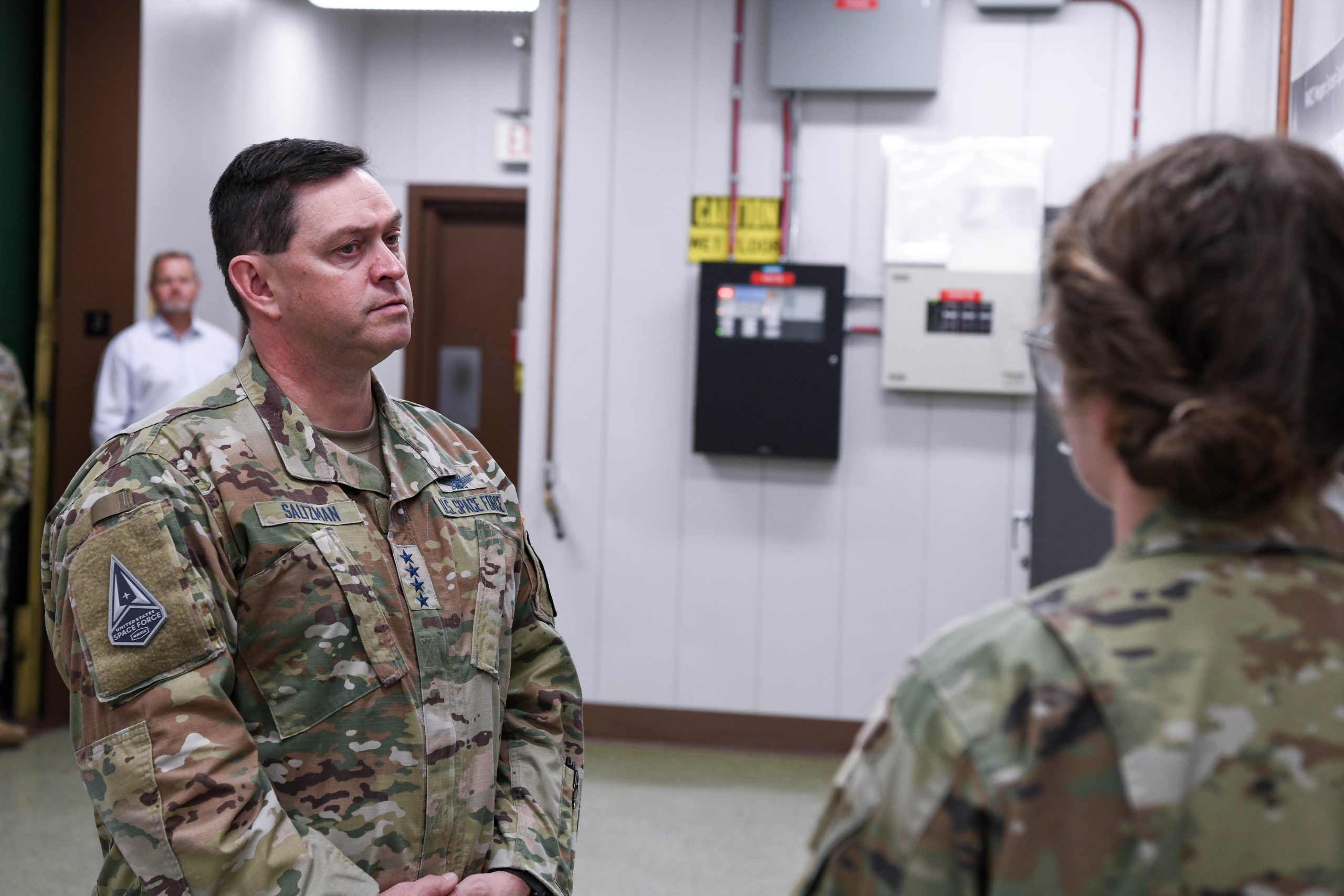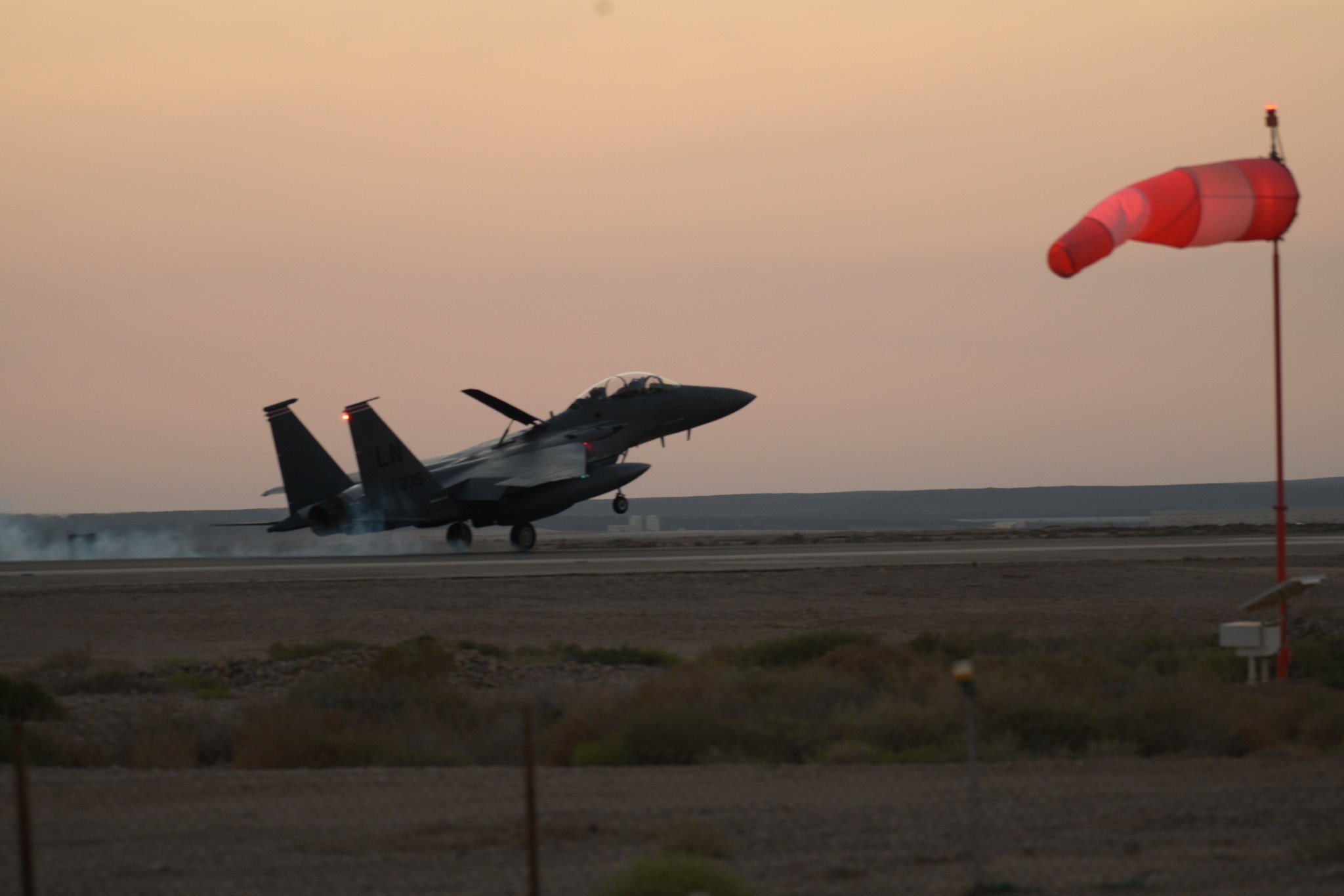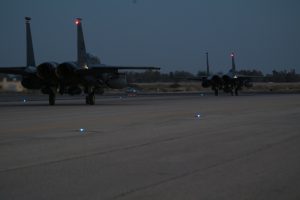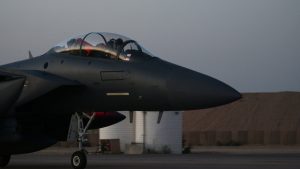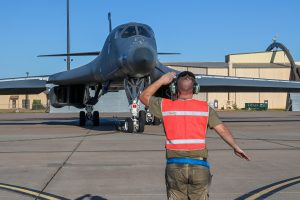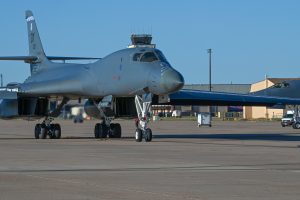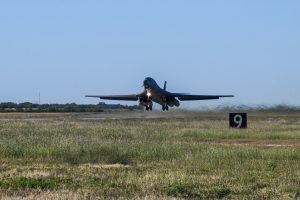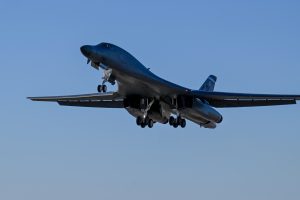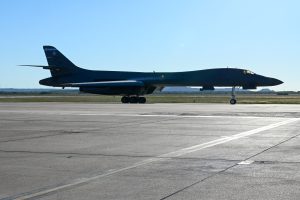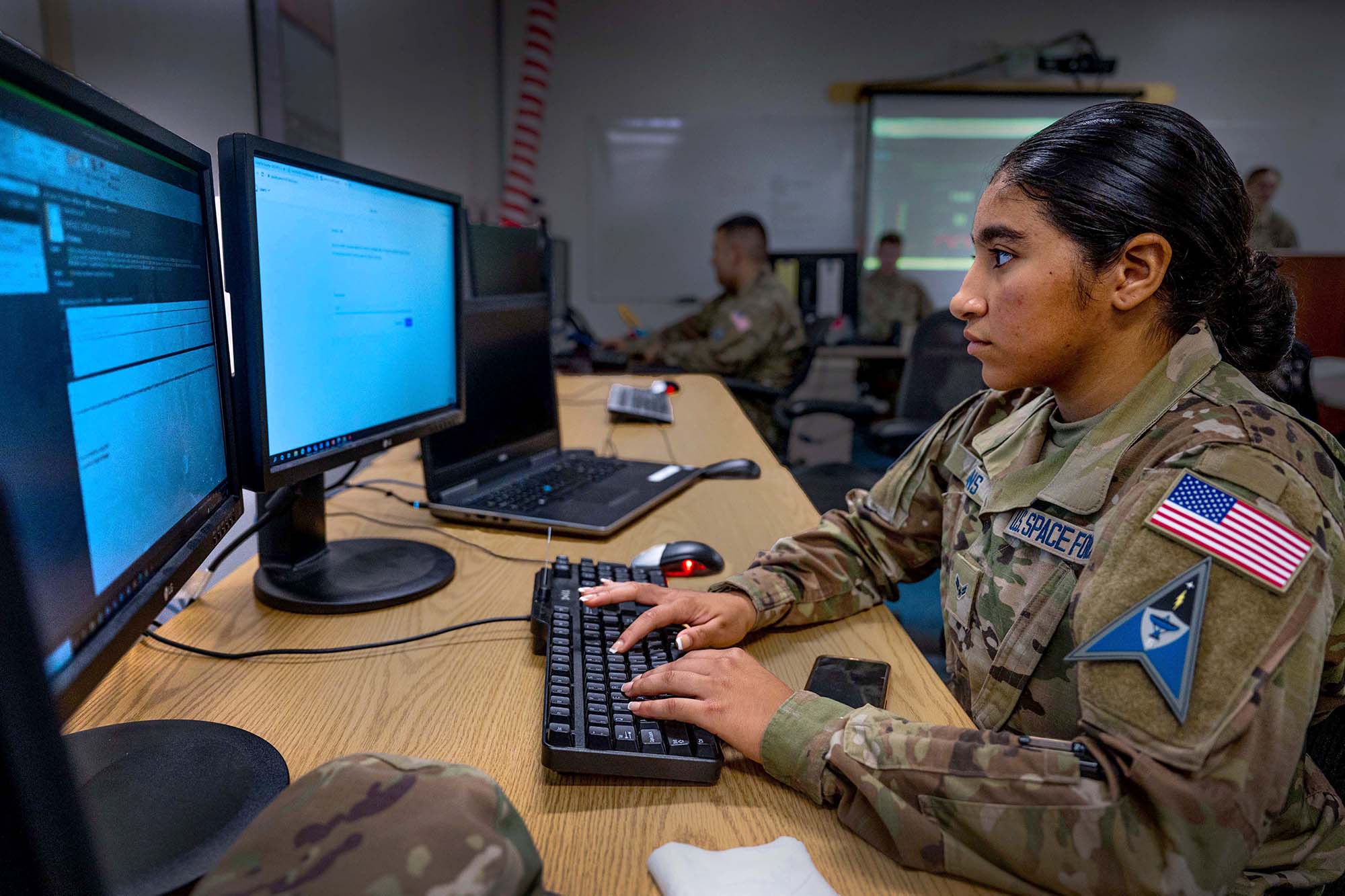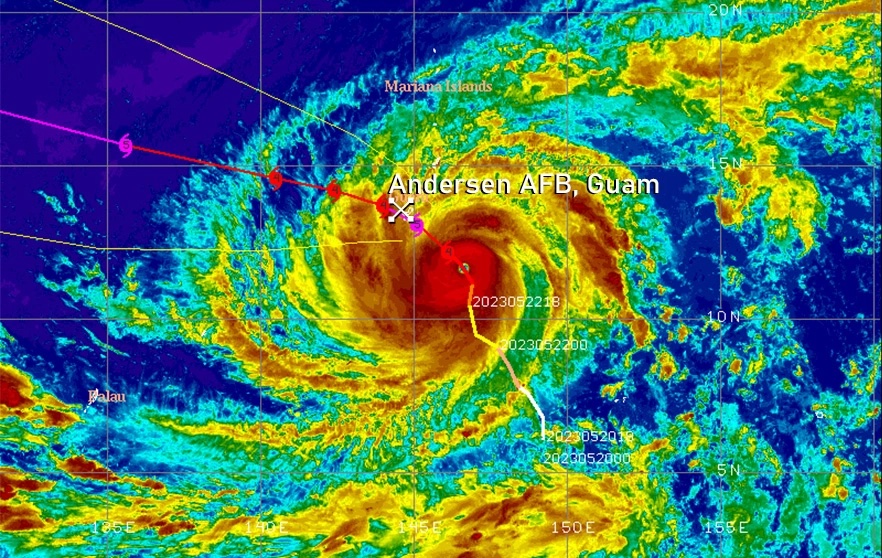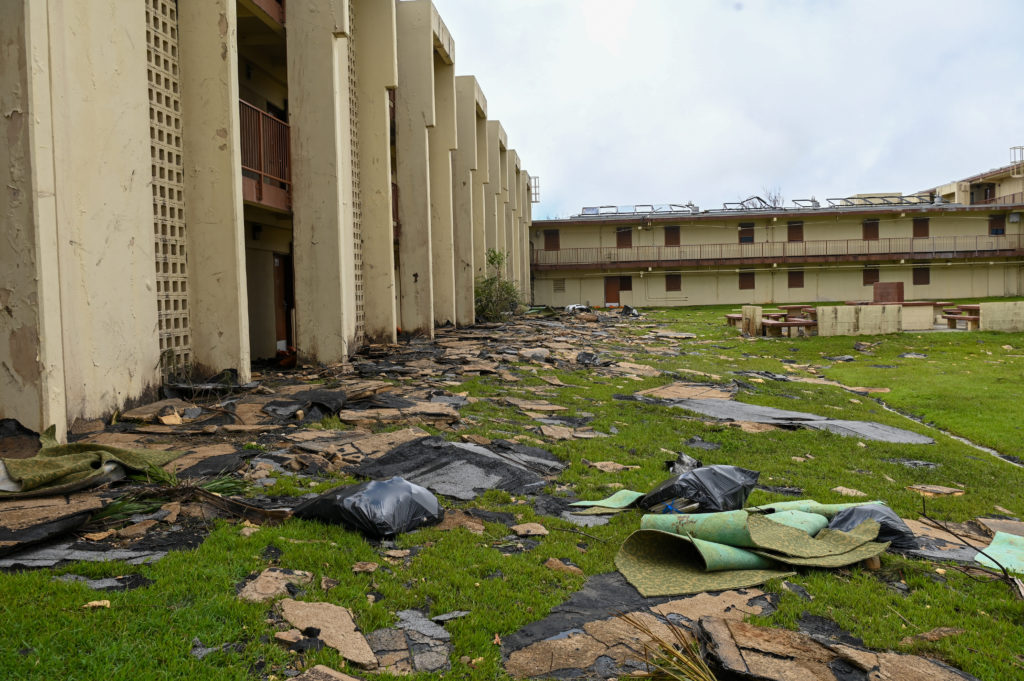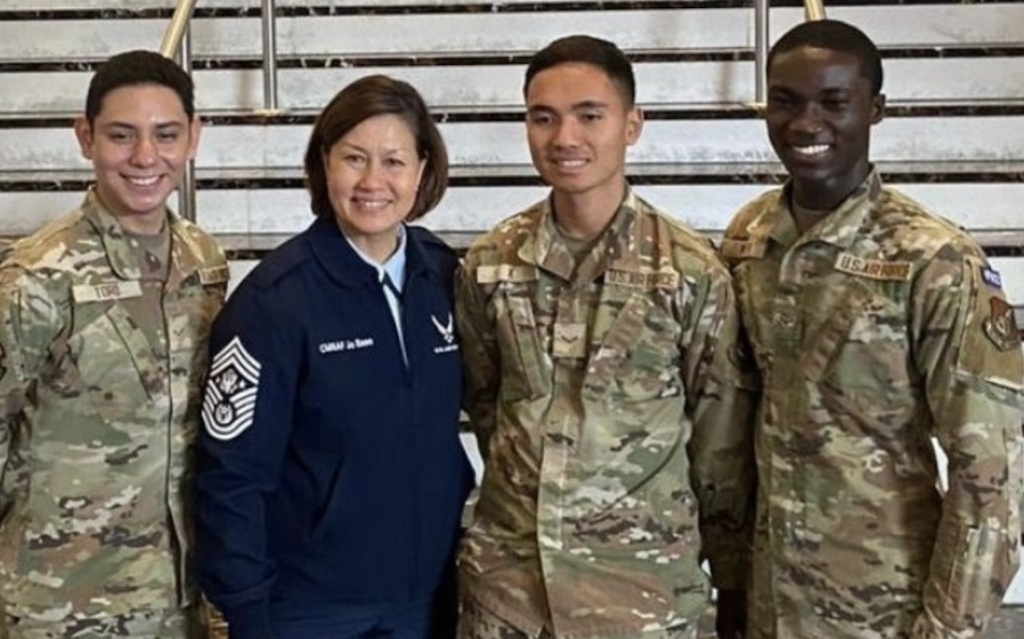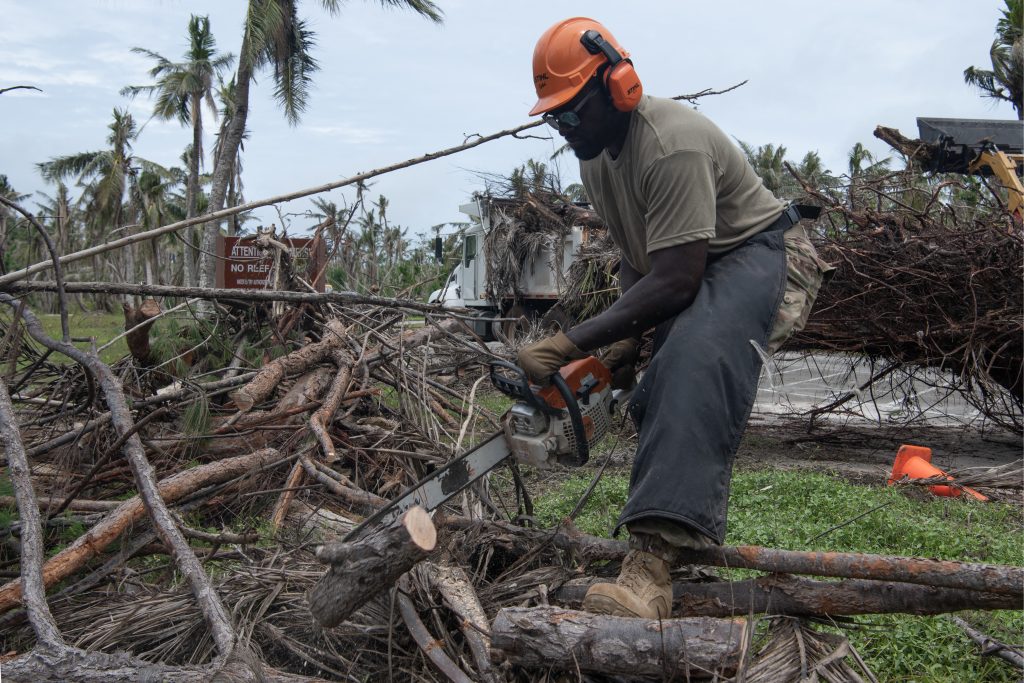Israel can use its airpower against Hamas despite the use of “human shields,” so long as the attacking forces make reasonable efforts to minimize casualties and ensure that the attack is proportional and the aimpoints are legitimate military targets, according to airpower theorist and practitioner, retired USAF Lt. Gen. David Deptula.
Deptula, who oversaw allied targeting in Operation Desert Storm and is now dean of the Mitchell Institute for Aerospace Studies, also commented on the broader strategic implications of the fresh conflict between Israel and Hamas.
Israeli aircraft have pounded the Gaza region in recent days with air strikes, and Deptula argued that such strikes against Hamas centers of gravity—like command centers, munitions factories and weapon depots that Hamas has located under schools, hospitals, and mosques—are legitimate targets under the Geneva Conventions. Furthermore, Deptula cited the Rome Statute of 1998, which states that non-state actors, such as terrorist groups, can be culpable for war crimes.
“It’s important to understand that Hamas’ use of civilians as human shields is … illegal in accordance with the Geneva Conventions, as well as the laws of armed conflict, and they fall into the category of war crimes,” Deptula said. Retaliatory attacks against civilian-ringed Hamas targets is permissible, “if the potential damage to civilians is not excessive, in relation to the concrete and direct military advantage anticipated.”
“At the same time, it’s important to note that even if Hamas uses human shields, Israel is still bound by the principle of proportionality in exercising all these precautions to minimize harm to civilians,” Deptula said. “They have a very strong history of doing that. But that does not mean that they cannot strike targets because of the presence of those human shields.”
Expected civilian losses “must be weighed against the military advantage anticipated if the military objective is achieved,” Deptula said.
As Israel’s counterattack against Hamas takes shape, the public must understand the laws of armed conflict and how Hamas has violated them, Deptula said.
In an Oct. 16 press briefing, Pentagon spokesperson Sabrina Singh was asked whether the U.S. is requiring Israel to explain or document how it is using American-supplied weapons, or whether the U.S. is concerned that Israel will use the weapons disproportionately or vindictively in reprisal for Hamas’ Oct. 7 attacks that killed hundreds of civilians.
“We expect Israel to uphold the laws of war. They are a professional military, a democracy that we hold to a very high standard, and we expect them to do the same,” Singh said.
Strategic Implications
The war in Gaza highlights the need for the U.S. to “retool” its national military strategy, Deptula said, arguing that the Pentagon “needs to go back to force-sizing based on a two-major-regional war” construct.
“While we have the most impressive military personnel in the world, our military today is simply not sized or equipped to succeed in even one major regional war, much less two,” he said. “ … So we better get our act together,” he said.
Deptula linked Russia’s ongoing invasion of Ukraine with the Israel-Hamas conflict, saying in both cases adversaries took action “because they see a weak United States military, which lacks the will to employ force and even when it does, the forces are “insufficient … in capacity.”
The two conflicts are also tied together, Deptula argued, because a war in Israel benefits Russia by creating a second demand on U.S. munitions, already challenged by supplying Ukraine.
It also gives Russia an opportunity to “conduct information operations that will just feed those unfortunate narratives” that somehow Ukraine or Israel are the aggressors, and the U.S. should withhold its support for Ukraine and Israel, Deptula added.
Meanwhile, China is “certainly … considering a move on Taiwan at this time,” while the U.S. is logistically committed to two other wars, Deptula asserted.
The key to deterring China—as well as other potential adversaries like the militant group Hezbollah in Lebanon—is to “get them to understand the willingness of the United States to actually use force if in fact, aggression is perpetrated by … any of those entities,” Deptula said.
Hezbollah, in particular, must understand and believe the U.S. will strike if it attempts to open a second front with Israel.
“There cannot be any invisible red lines,” Deptula said. Deterrence requires an unambiguous and undoubted threat of force, and must go well beyond simply saying, “‘Don’t.’”
The U.S. must also go beyond simple messaging like landing B-52 bombers in South Korea or dispatching carrier strike groups to the Mediterranean, Deptula said.
“Our national leaders must meet the moment and realize that there is a severe cost for prioritizing politics over national security,” he said.
“Our leadership has got to pass a federal budget so the Defense Department can be funded” to address the “new complexities” of the geopolitical situation, and at a level “more than just the funds that we spent last year,” Deptula said. “A [continuing resolution] puts a halt on new starts and all kinds of things that we need to do, and that inhibits our ability to assist Ukraine and Israel with the military equipment that they need to survive.”
On top of that, “we’ve got to get to a common vision to get past the impasse in getting a Speaker of the House Representatives,” Deptula said, as the current situation sends a message of indecisiveness and division that plays to the advantage of world adversaries.
Moreover, “the U.S. military today struggles to meet the demands in one theater, let alone four,” meaning Europe, the Middle East, the Pacific, and the homeland, he said. National security “needs to become a talking point on the campaign train,” he said. “The world’s on fire, and the United States is woefully underprepared, and that demands a national conversation.”

